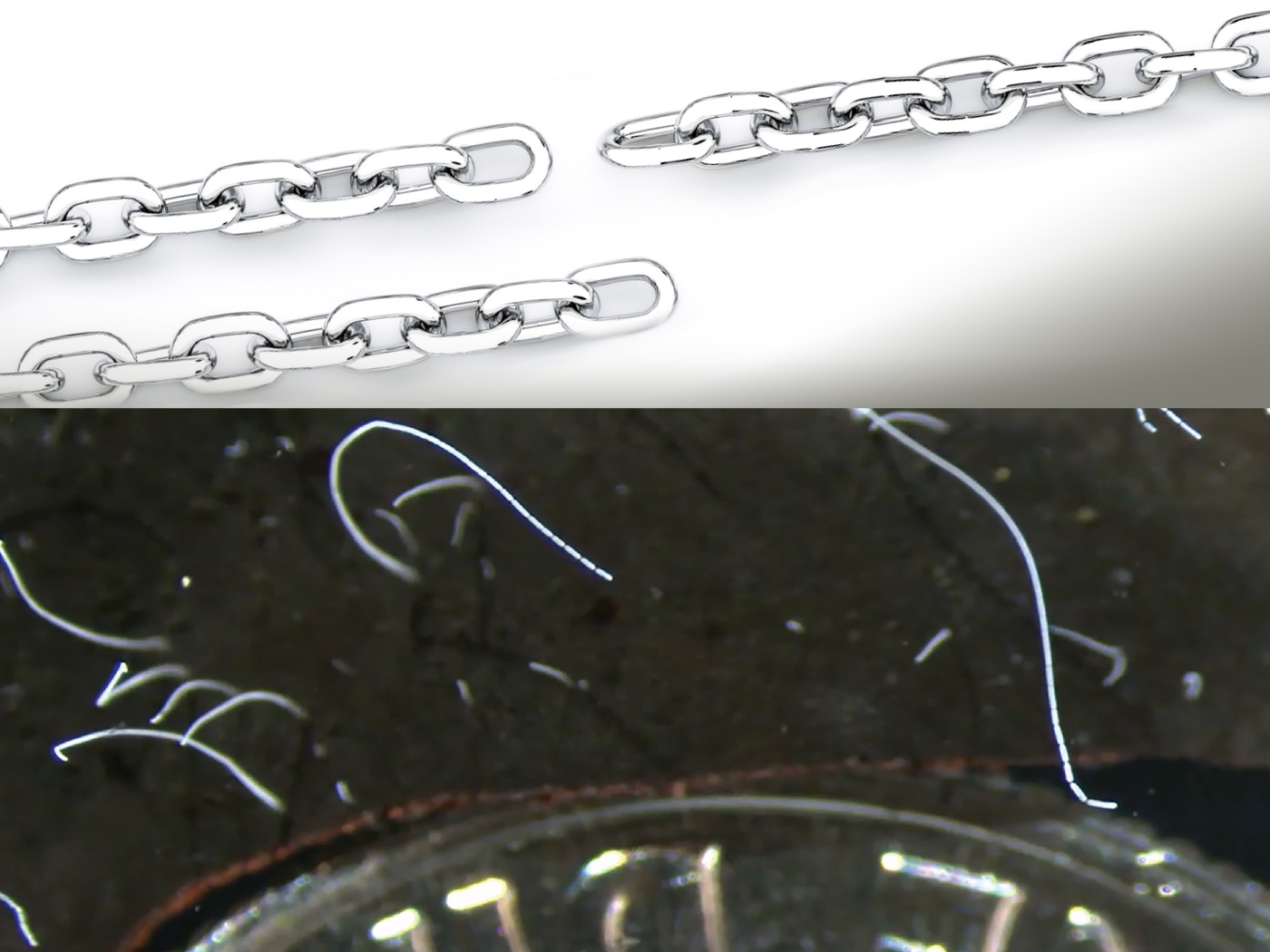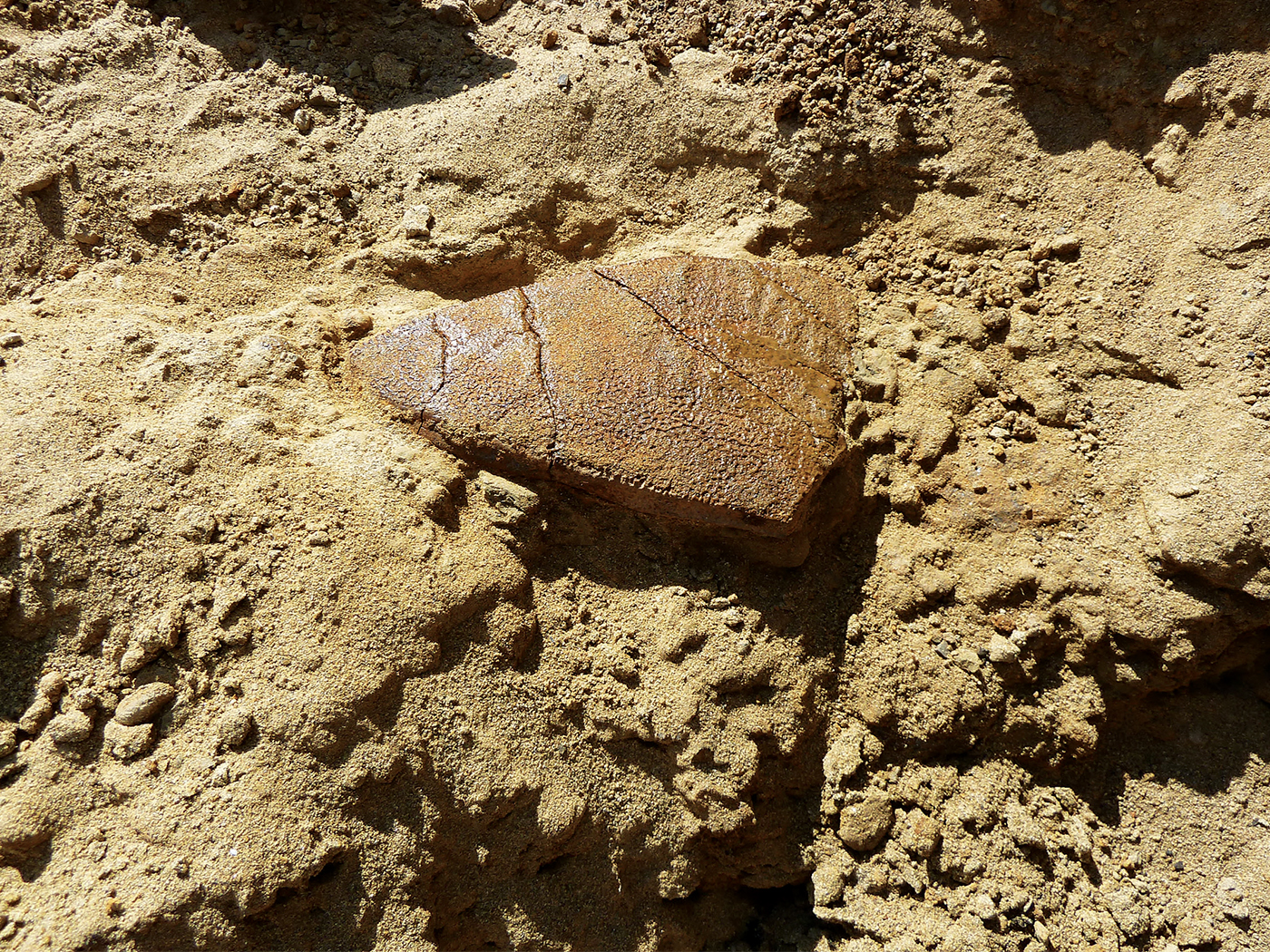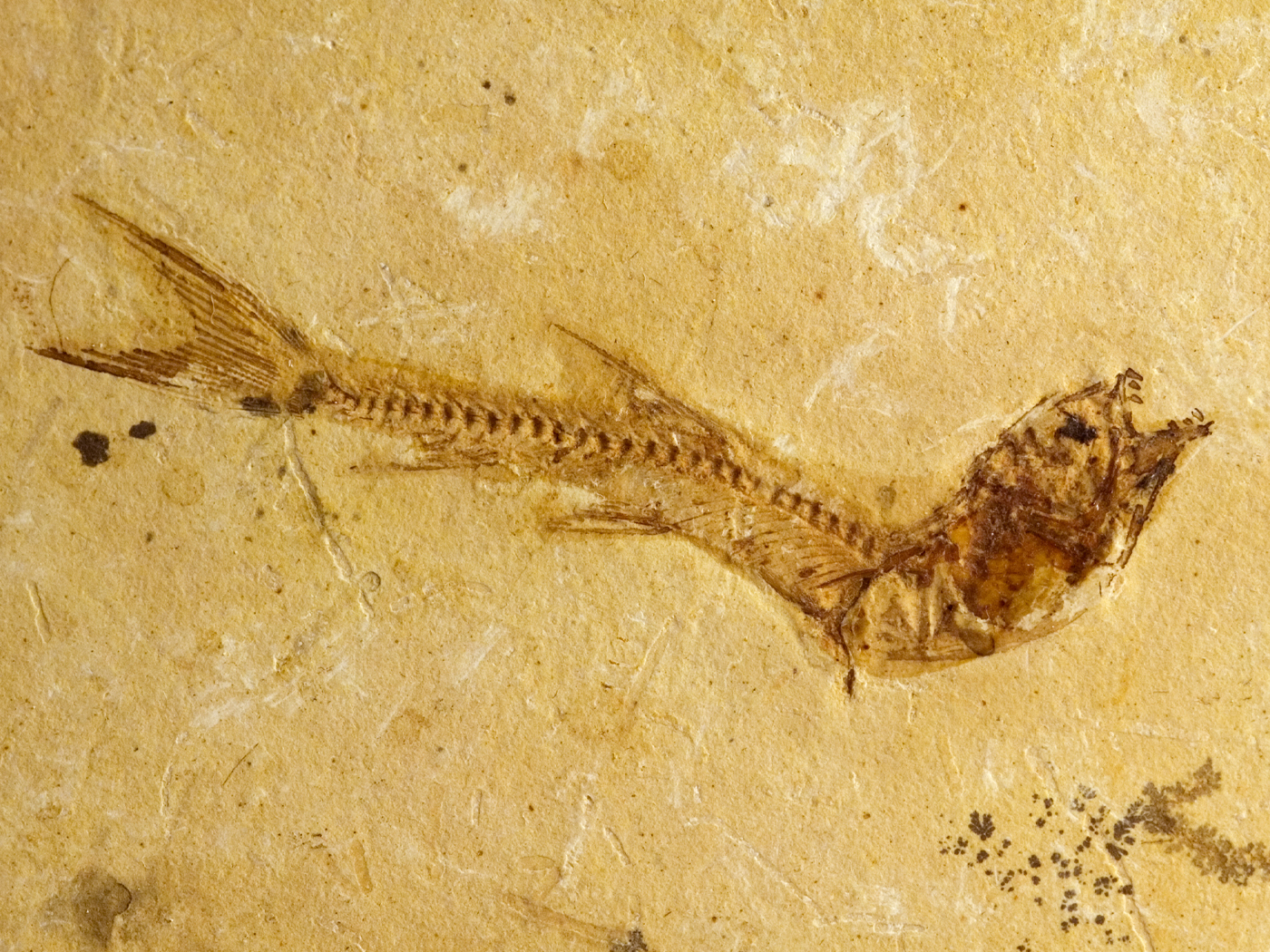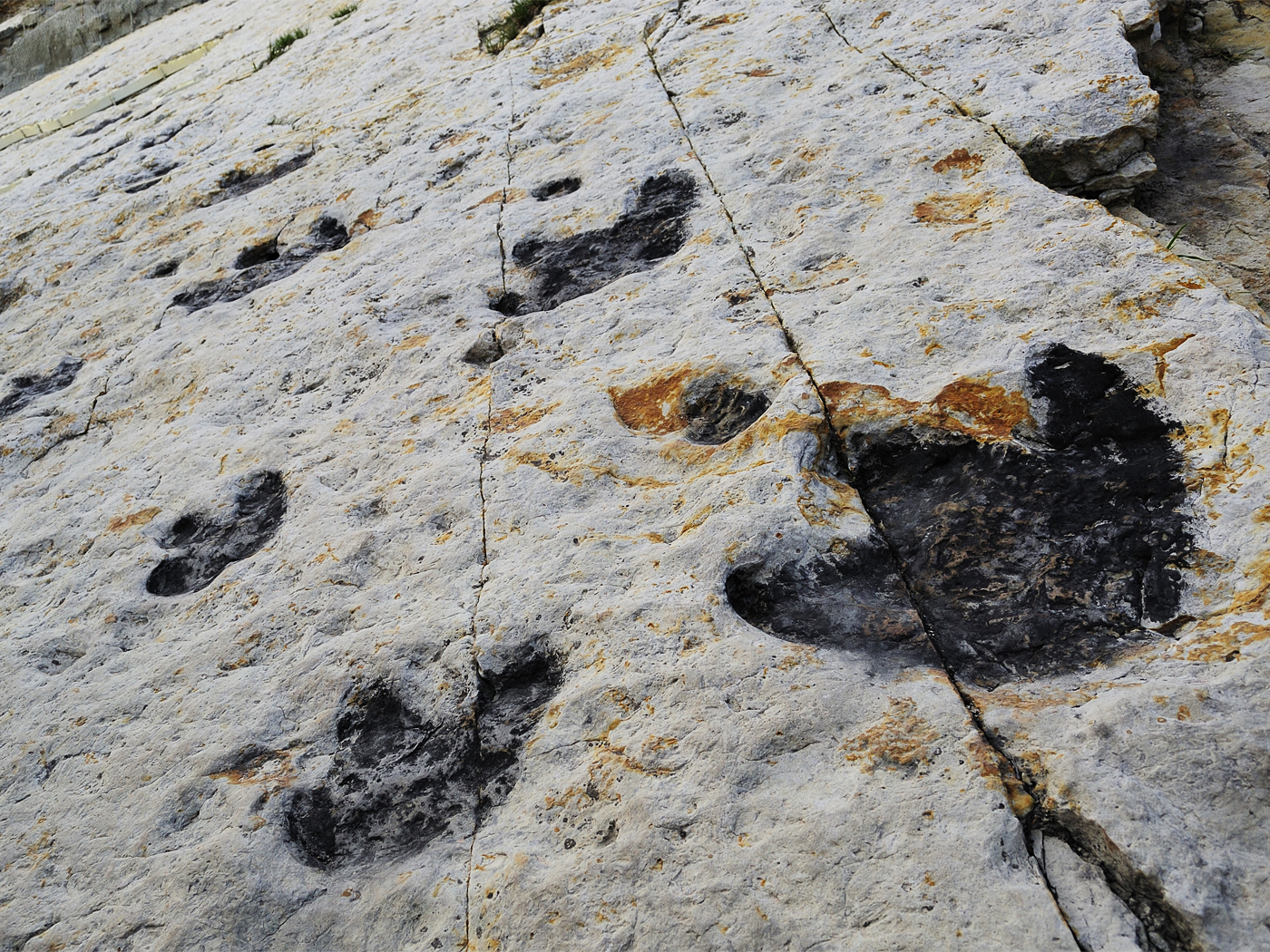A fossilized spider was found in China with such perfectly preserved features that researchers were able to identify it down to its species name. Only two other fossils of its kind have been unearthed, and all three look like modern North American desert spiders.
But this newly discovered fossil is supposed to be “120 million years” older than the previous “earliest” fossil of its kind.1 Does this extend the time range for spiders, altering their evolutionary history—or does it call that very history into question?
The fossilized Plectreuridae spider was found in Daohugou in northern China, and its description was published in the German science journal Naturwissenshcaften.2 Microscopic examination revealed clear details of this soft-bodied creature. It was so much like its living counterpart that paleontologist and lead author Paul Selden told Wired Science, “The scimitar-shaped structure you notice out of the male is so distinctive. Looking at modern ones, you think, well, it’s just a dead ringer.”1
But it should no longer be a dead ringer, if evolution is true. It should be extinct and replaced by a differently evolved spider, or even a non-spider, after so much time. With 165 million years for mutations to build up (which scientific observation has shown would have occurred relentlessly), one would expect tremendous differences in the spider’s appearance by now. Instead, the Plectreurid spider fossil looks young, as though there has not been much time at all between this Chinese Jurassic representative and the living ones.
And not only are all the anatomical parts the same, but this newly described fossil appears to be fully formed, complete with eight eyes and spinnerets. It has no transitional or primitive features that would have later developed into modern forms, as evolution would predict. It is as though it was created fully formed right from the beginning.
The spider fossil was found in a rock matrix that also had “fossilized salamanders, small primitive mammals, insects, and water crustaceans,”1 indicating that it was buried as a result of an event so tumultuous that water creatures were mixed together with land creatures. The catastrophe encased this spider in a tomb of silt and volcanic ash rapidly enough to keep it from either being scavenged or decaying. This is consistent with the interpretation that Jurassic sediments were deposited in the latter months of Noah’s Flood, when “the waters were abated”3 from off the continents and gathered into their new ocean basins.4
There are many other “living fossils,” representing every major classification of animal and plant―clams, snails, trees, algae, crabs, fishes—and now this Plectreurid spider as well. In every case, the fossil resembles its living counterpart even after “millions of years” in which evolution could have made changes. There is no convincing evolutionary explanation for this data, but a young age interpretation would solve this problem neatly.
References
- Ghose, T. Stunningly Preserved 165-Million-Year-Old Spider Fossil Found. Wired Science. Posted on wired.com February 9, 2010, accessed February 9, 2010.
- Selden, P. A. and D. Huang. The oldest haplogyne spider (Araneae: Plectreuridae), from the Middle Jurassic of China. Naturwissenschaften. Published online February 6, 2010.
- Genesis 8:3.
- For example, see Hoesch, W. A., and Austin, S. A. Dinosaur National Monument: Jurassic Park or Jurassic Jumble? Acts & Facts. 33 (4). See also Austin, S. A. Did Landscapes Evolve? Acts & Facts. 12 (4).
Image credit: Paul Selden. (Adapted under federal Fair Use law. Image usage does not imply photographer’s endorsement of ICR’s commentary.)
* Mr. Thomas is Science Writer at the Institute for Creation Research.
Article posted on February 24, 2010.
















